What can you do in Vänersborg? We came here by motorhome after following the Göta Canal, and then we planned to follow the Trollhätte Canal from Lake Vänern to Kattegat. We spent two days in the city, and here are our top tips for things to do in Vänersborg as a tourist. Feel free to add more tips!
Innehållsförteckning
Visiting Vänersborg
The last time we visited Vänerbsorg with a campervan (more than ten years ago!) it was autumn and chilly, and we were only here for me (Helena) to give a lecture. This time we travelled to Vänersborg because the city is the start of the Trollhätte Canal. Now we had a little more time and we were curious about what the city had to offer.
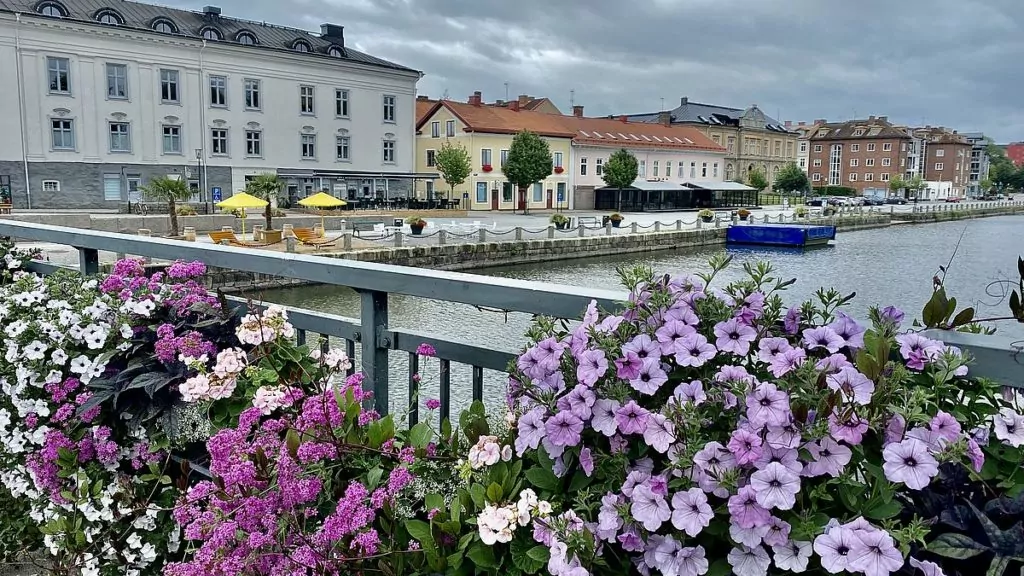
Vänersborg is located in Västra Götaland County, at the southernmost end of Lake Vänern.
What can you do in Vänersborg?
What you can do in a city depends partly on the weather, and we can hardly say we were lucky on that front. Nevertheless, we spent two great days in Vänersborg, and here are our top five tips for things to see and do.
1. Walking or cycling in Skräckle Park
Skräckleparken is a beautiful park by Lake Vänern with walking paths, green areas, ponds and various decorations. Here you can walk or cycle, and maybe have a coffee at Skräcklestugan. If the weather is fine, you can also take the opportunity to swim at one of the bathing areas.
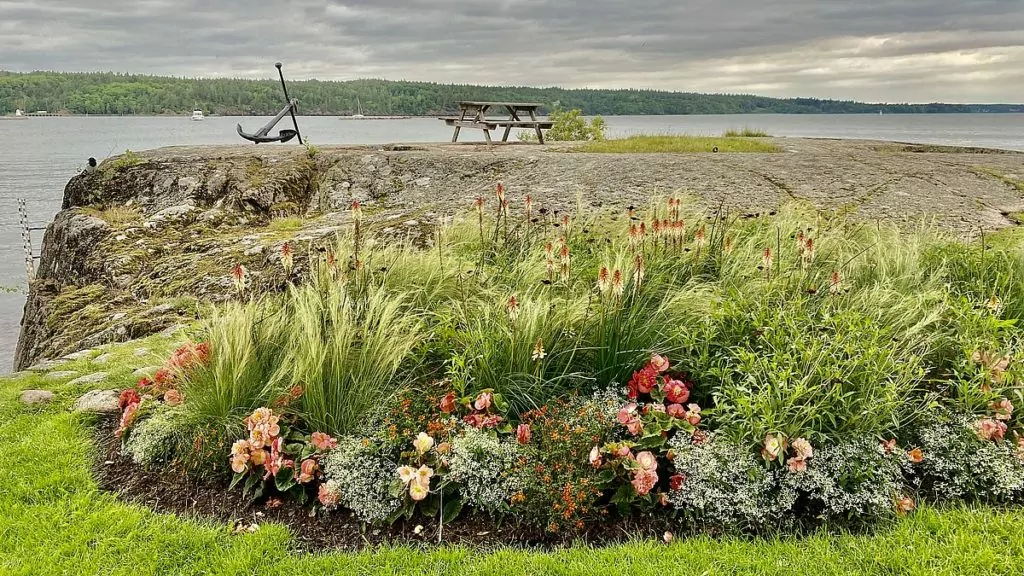
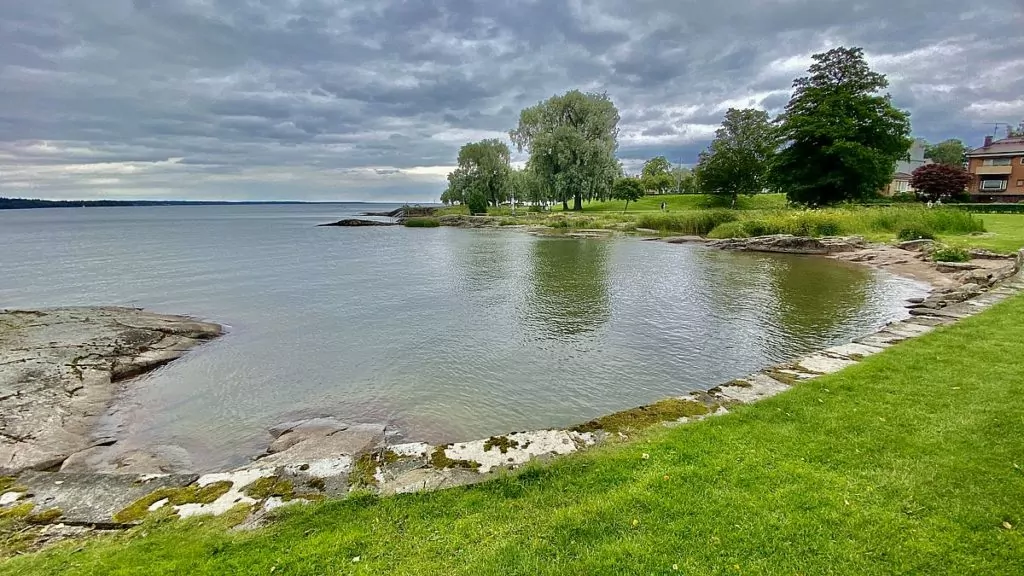
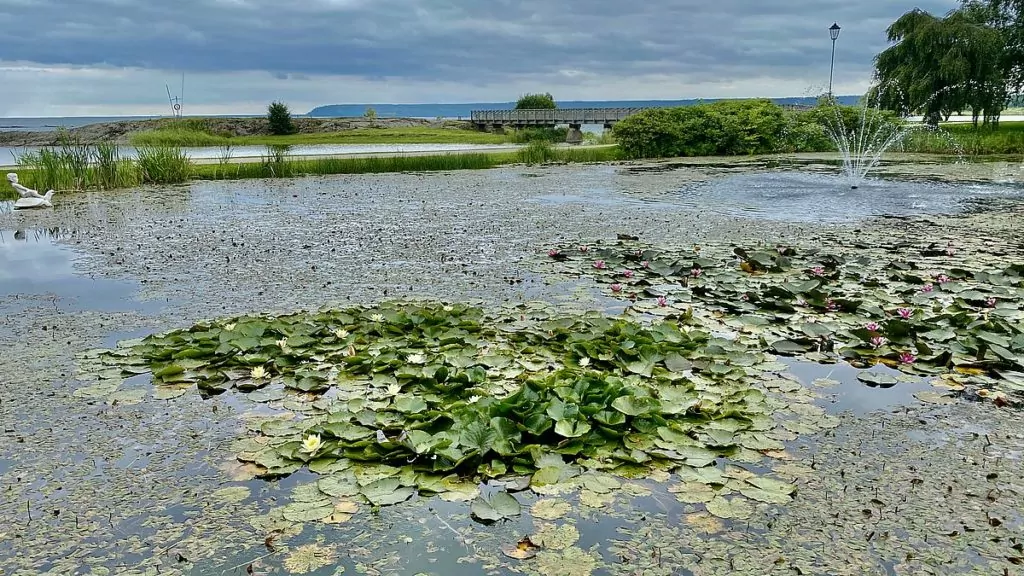
Birger Sjöberg's name appears several times as you walk through the park, both as street names and statues. Sjöberg was a Swedish poet, composer, singer, author and journalist, born in Vänersborg in 1885. He fell in love with the beautiful Karin, and when she rejected his proposal, he was devastated.
Birger Sjöberg moved from Vänersborg, and from a distance he wrote about his childhood town as 'Little Paris'. In 1922 he published 'Frida's Book', whose songs became immensely popular. Today you can see the 1955 statue of Frida by artist Axel Wallenberg in the park.
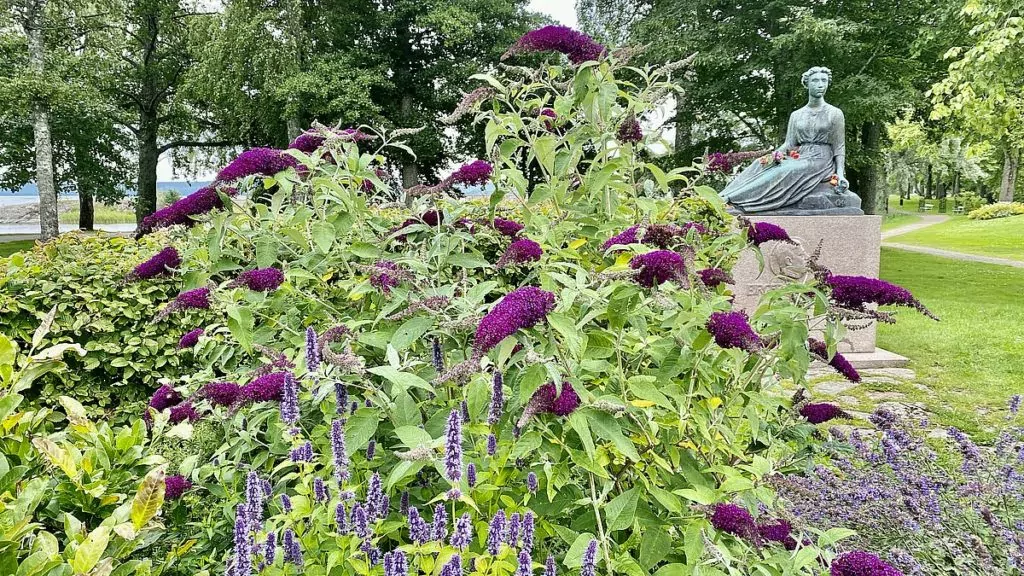
Frida was in fact another name for Karin, the love of her youth. And what else do we find in the park? Well, Karin's bridge!
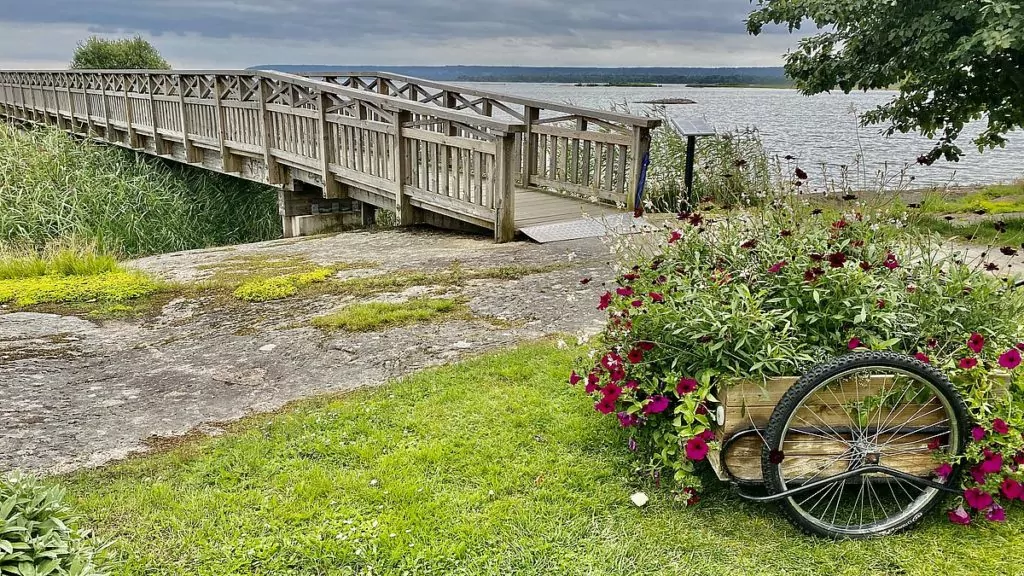
2. Visit the Vänersborg Museum
A great thing to do on a rainy day is to visit Vänersborg Museum. This museum boasts the distinction of being Sweden's oldest museum environment, with several exhibits as they appeared in the 19th century.
There is also a modern exhibition about life in Vänersborg in the past, when many people lived in simple conditions. You can listen to interesting stories about the time when it was a little "nicer" to work in the shoe factory than in the match factory.
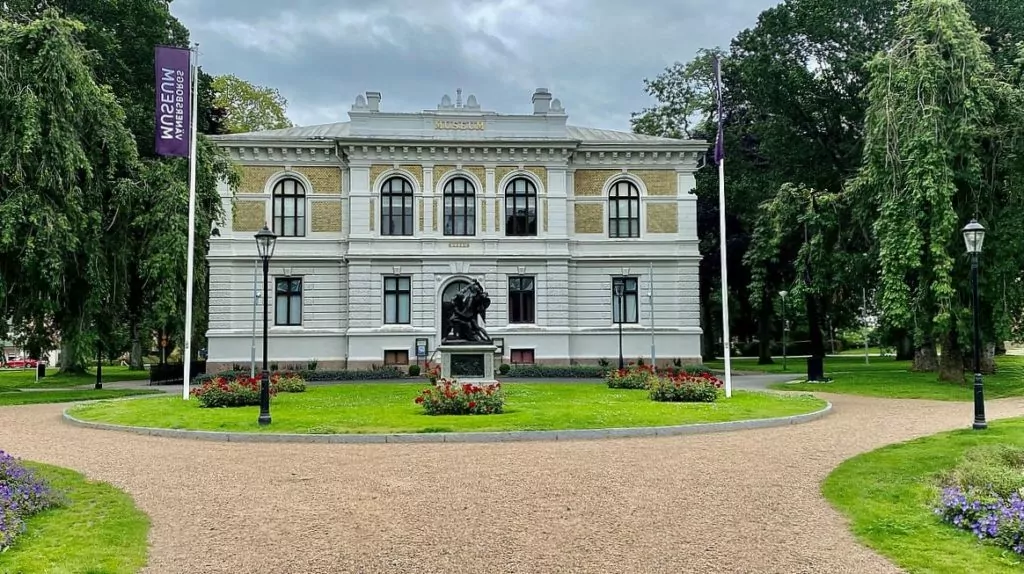
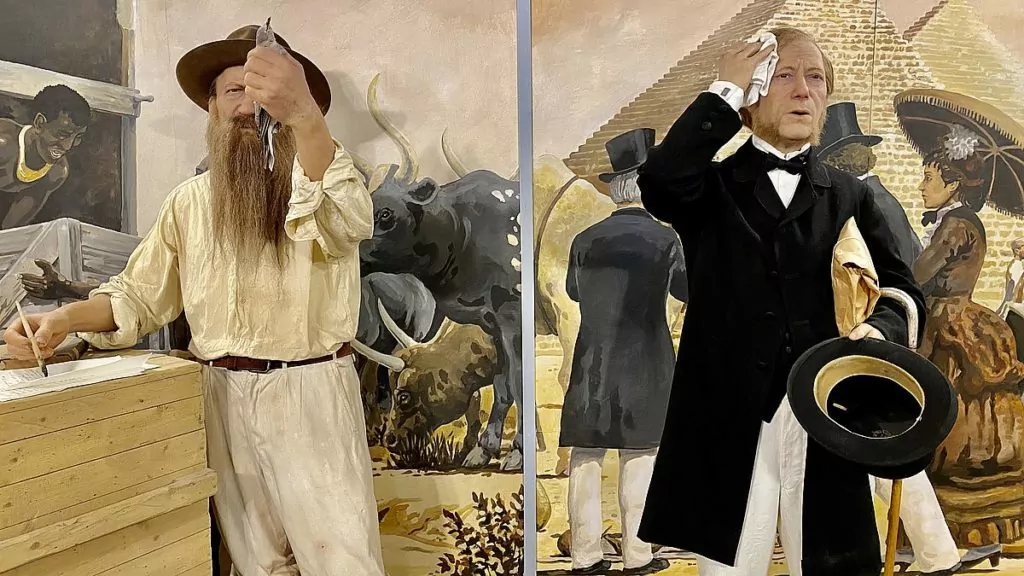
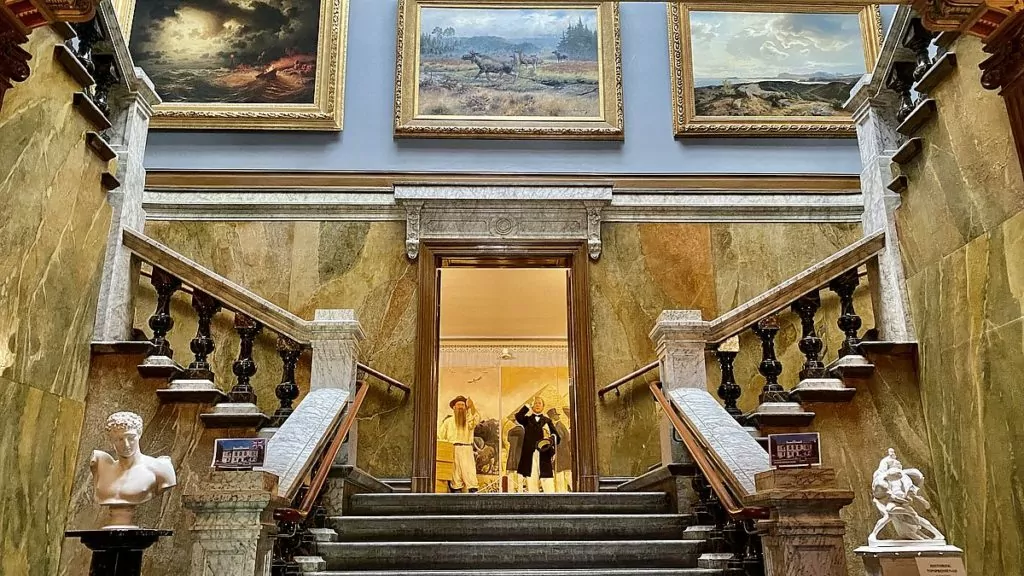
In the 19th century, the museum played an important role in teaching students, displaying Egyptian sarcophagi, Chinese porcelain, minerals and European art.
Most of the exhibits have been restored, but the African bird exhibit has never been touched because the birds were considered too sensitive. Therefore, it remains in its original condition. A nice little museum we thought! Did we remember to say it's free?
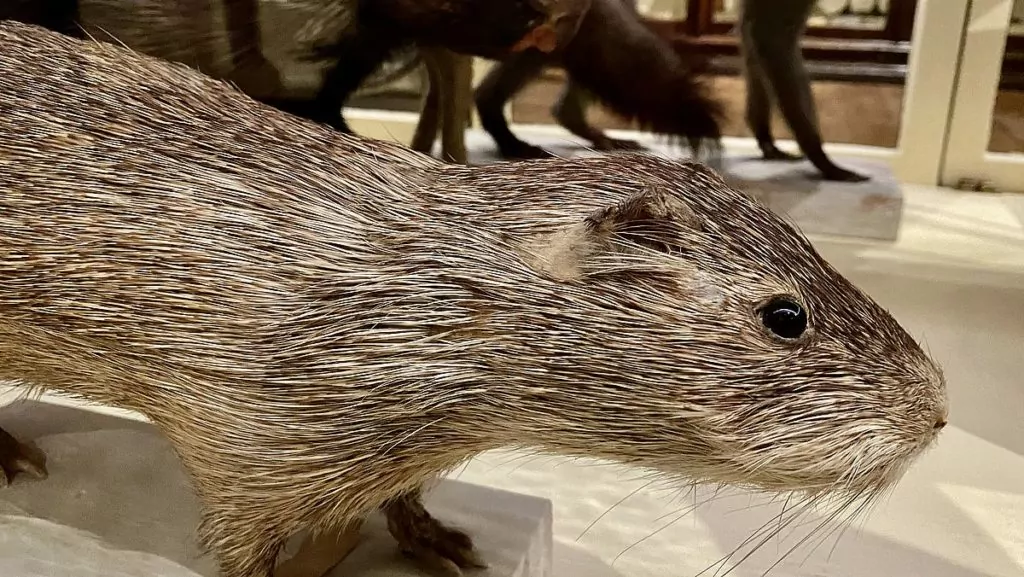
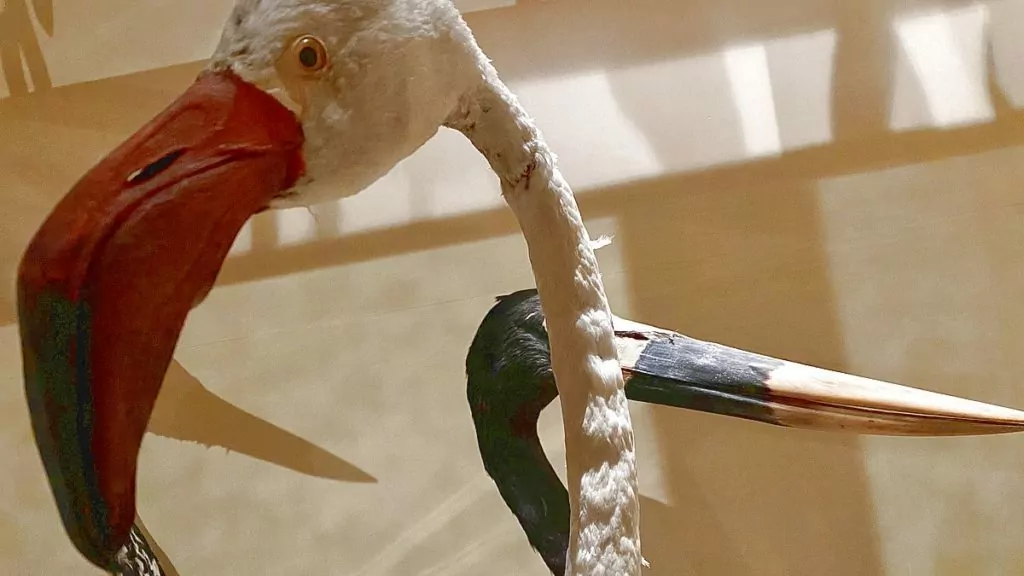

3. Experiencing the Brinkebergskulle lock
South of central Vänersborg is the Karl's Grave Canal, a 3.6 kilometre long canal dug for shipping to bypass the rapids in Vargön. Also located here is the Brinkebergskulle lock, which is the uppermost of six locks that regulate the waterway between Lake Vänern and the Kattegat.
According to the tourist office, there are nice walking and cycling paths and a café open in the summer, and nearby is the Restad Gård neighbourhood, which includes a sculpture park.
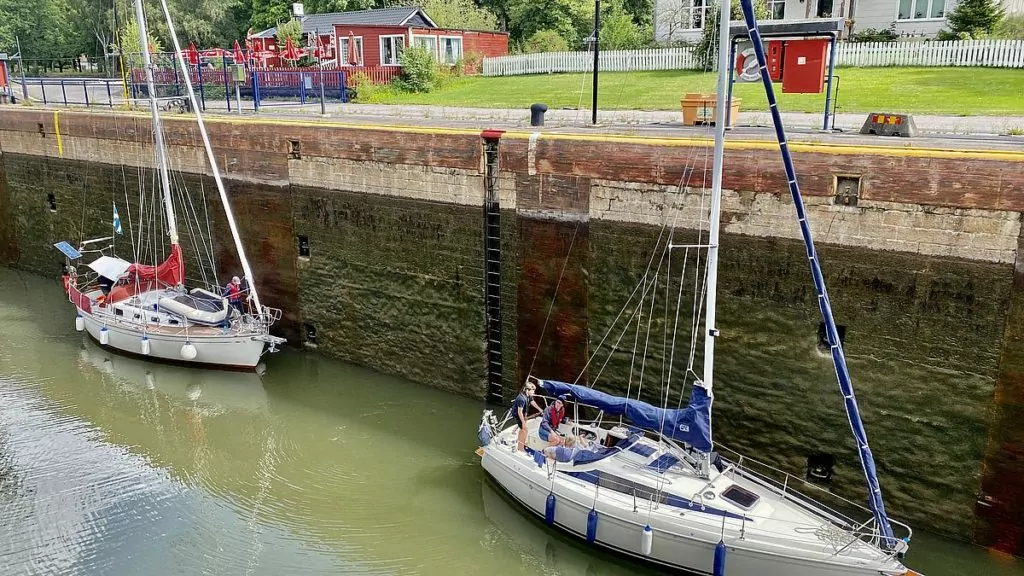
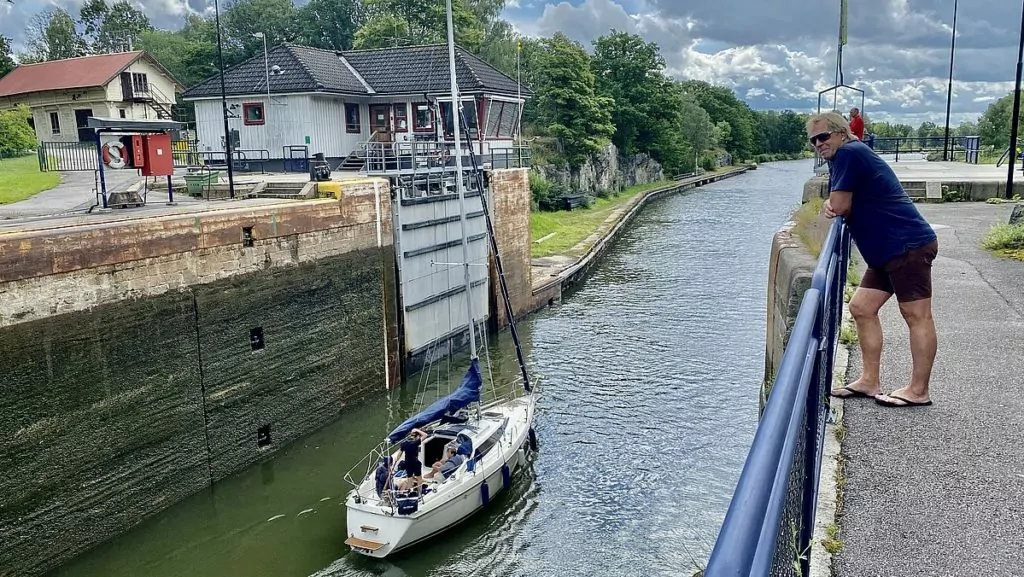
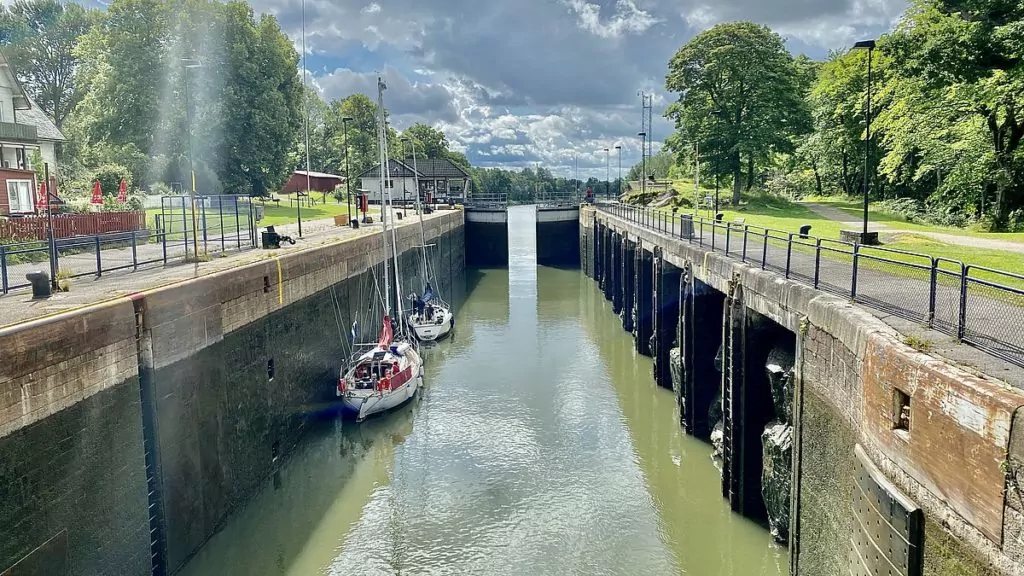
We contented ourselves with looking at the locks. After following the Göta Canal, it was interesting to see these large locks. The locks in the Göta Canal may be more charming, but this is on the other hand mighty to see. The Trollhätte Canal takes boats that are a maximum of 87 metres long, 12.6 metres wide and 4.7 metres deep. In other words, huge ships!
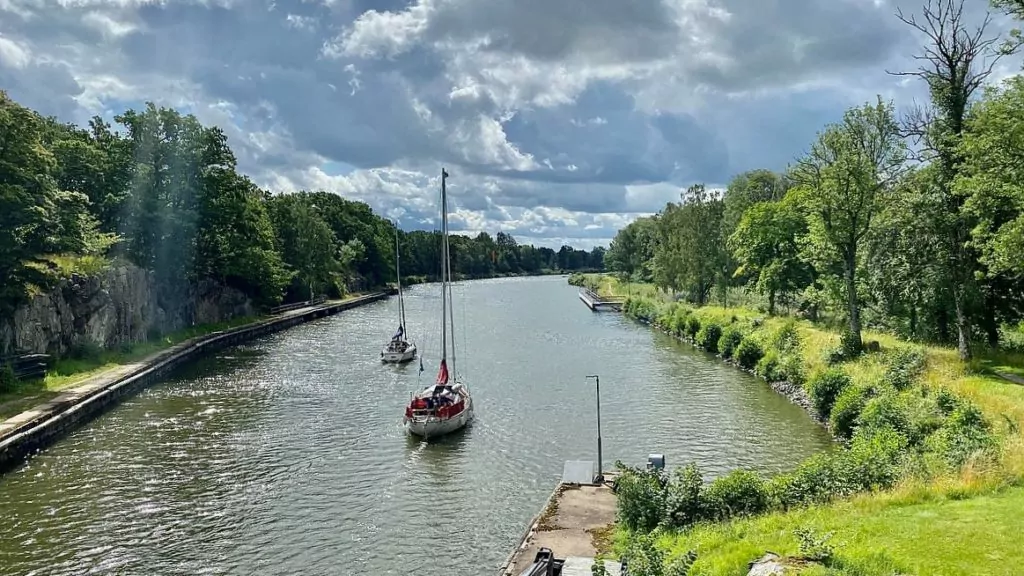
4. see the Byklev case
Byklevsfallet is a waterfall in Vargön, in Vänersborg municipality. The waterfall is located right next to the large plateau mountains Halleberg and Hunneberg, and it is possible to get almost all the way to the waterfall by car. We stopped here on the way to Vänersborg, and it's always nice to hear water flowing!
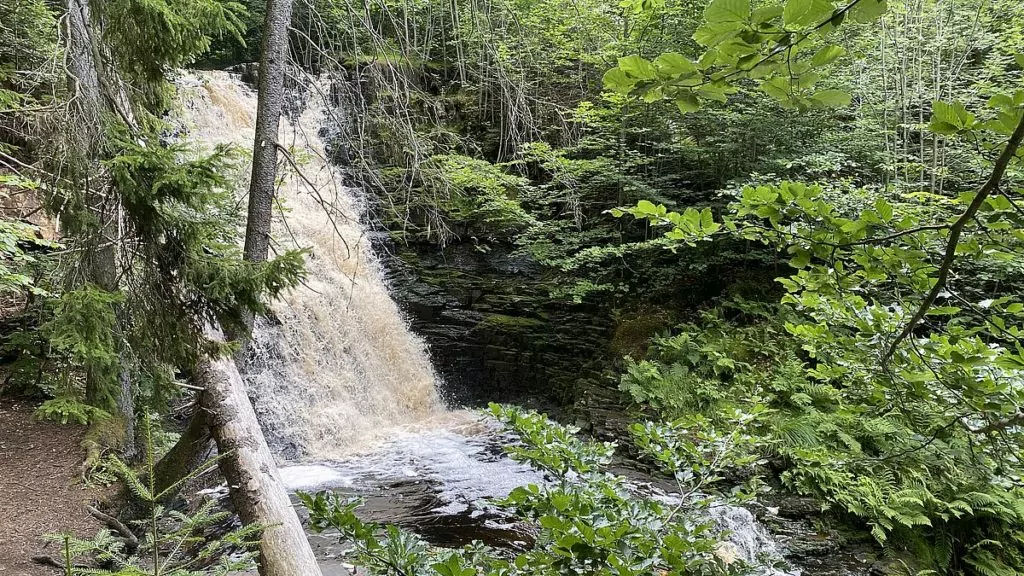
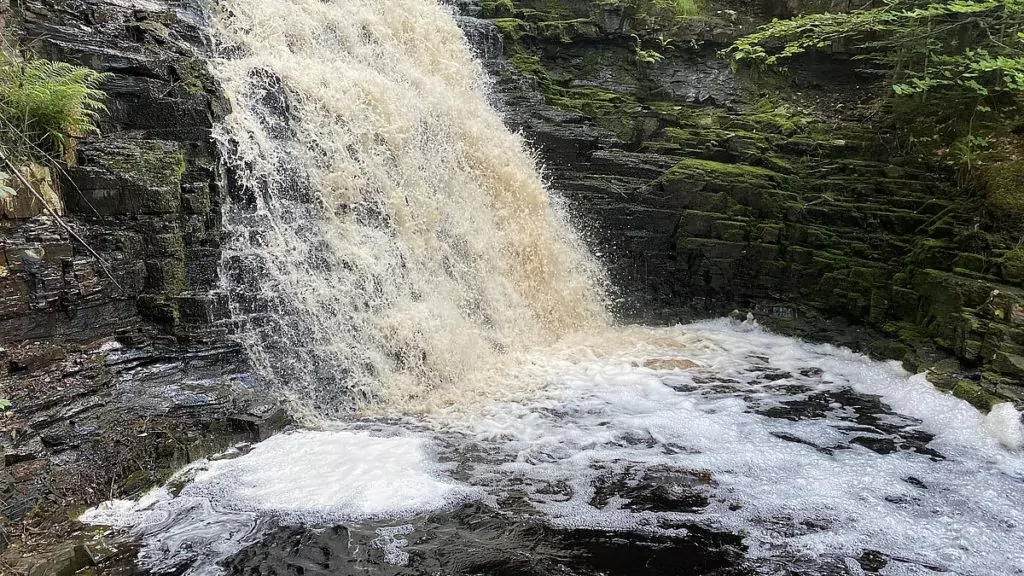
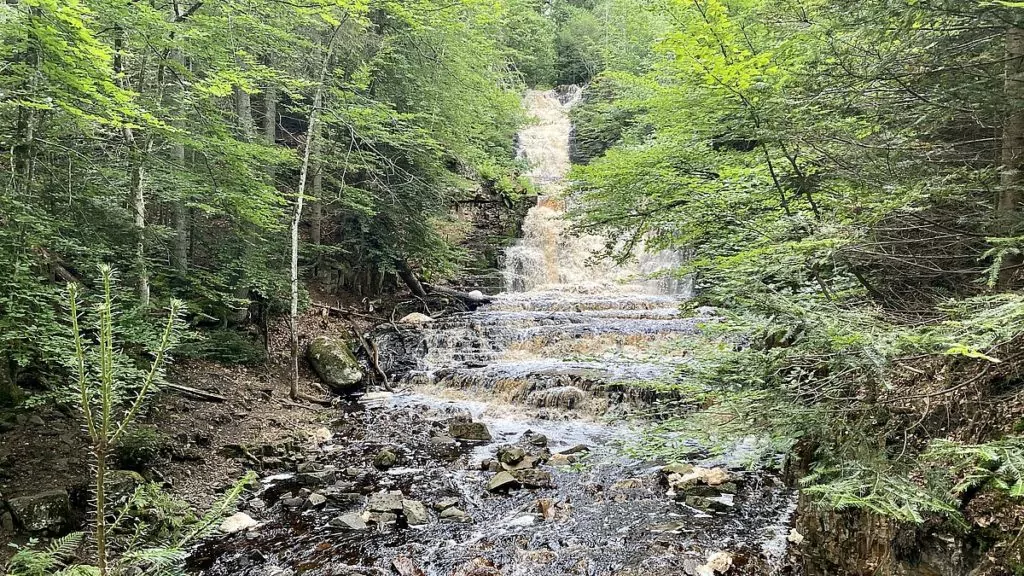
5. Hiking in the Halle and Hunneberg escarpments
Halle- and Hunnebergs rasbranter is a nature reserve known for the magnificent Halleberg and Hunneberg mountains. There are hiking trails, viewpoints and oak and pine forests with 350-year-old trees.
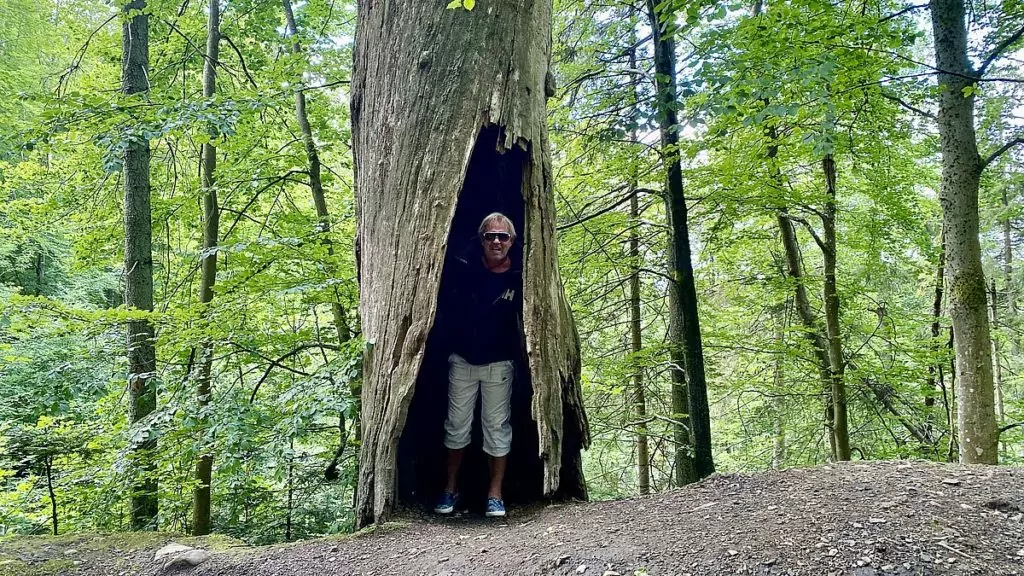
People have been moving around the area for a long time, and Halleberg is also Scandinavia's largest ancient castle, almost naturally fortified by the steep cliffs of the mountain. The fortress was built during the Migration Period (4th and 5th century), and people also fled here during, for example, the Swedish-Danish wars (15th-16th century) and Gustav III's Russian War in 1788.
We didn't go hiking here, but were content to look at the waterfall and the dramatic cliffs that can also be seen from the motorway.
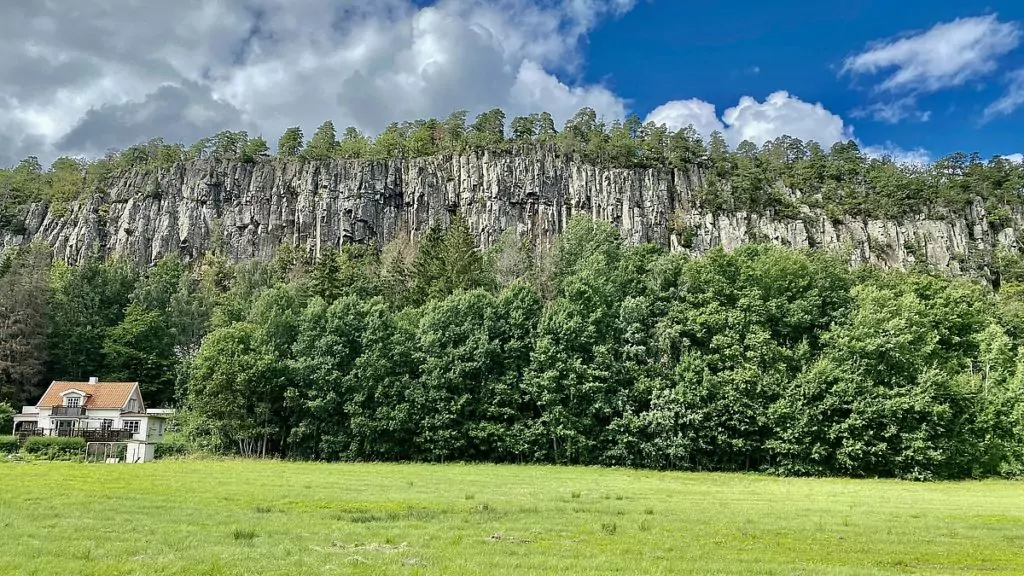
More to do in Vänersborg
There is of course much more to see and do in Vänersborg! According to the tourist office, you can also go shopping in the city centre, experience the water park Vattenpalatset, rent a boat, go fishing and more. Perhaps you have more tips too?
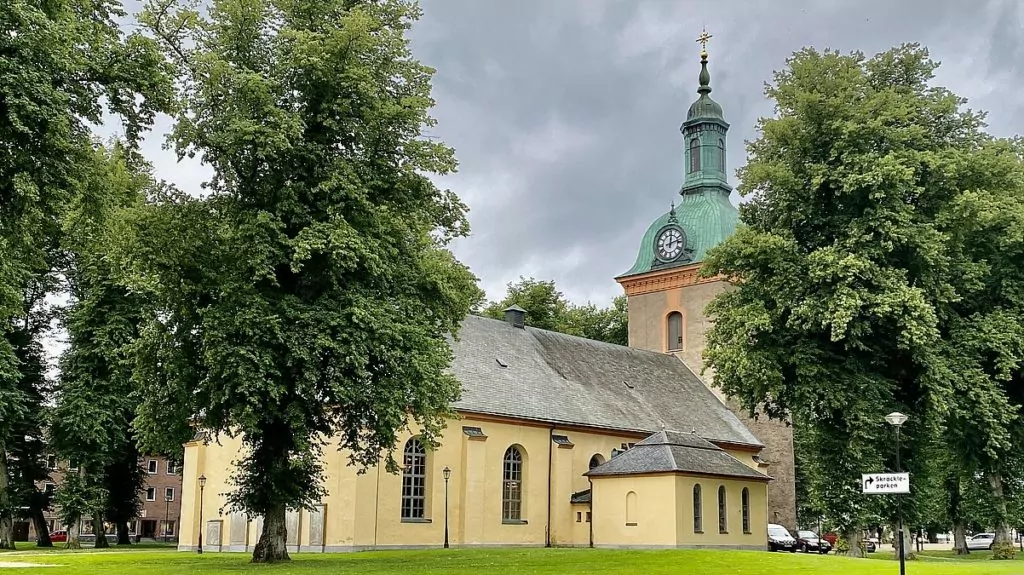
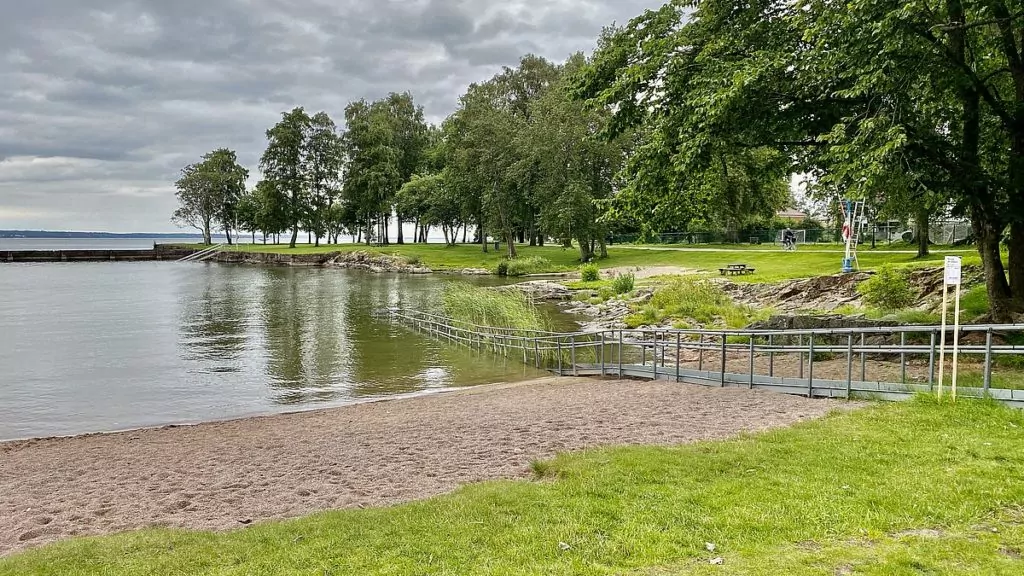
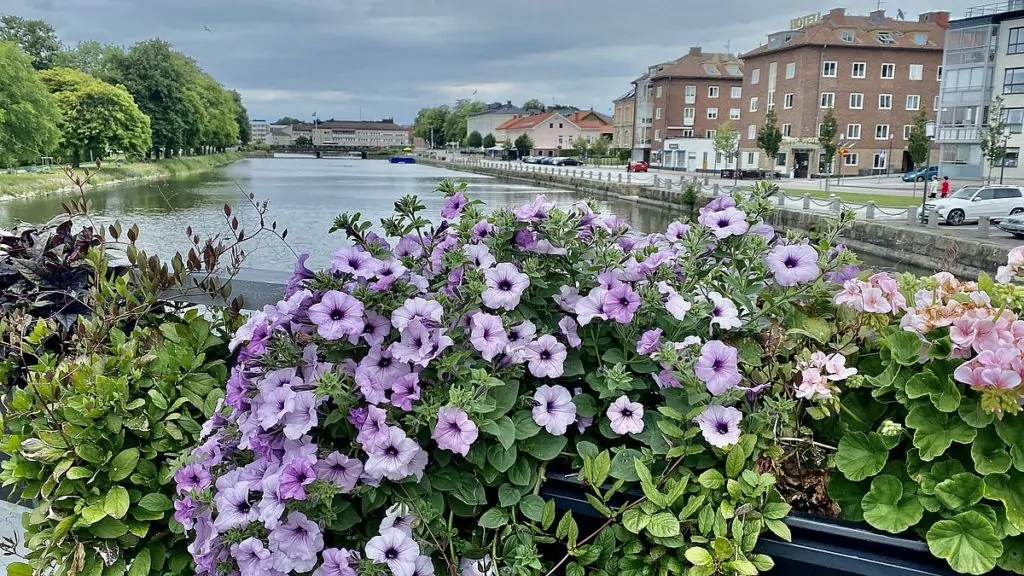
RV park in Vänersborg
There is a site in Vänersborg's guest harbour (Vänerparken 12). The site is centrally located and has good service in the form of toilets, showers, latrine emptying, water and electricity. There is also a manned office/shop where you can get brochures and information.
What we appreciated most was that the staff here were so incredibly nice, helpful and accommodating. Such things are appreciated and we definitely thought the place was worth its SEK 240 / day. There are also regular car parks in Vänersborg where you can park your motorhome free of charge, but then you don't get the same service.
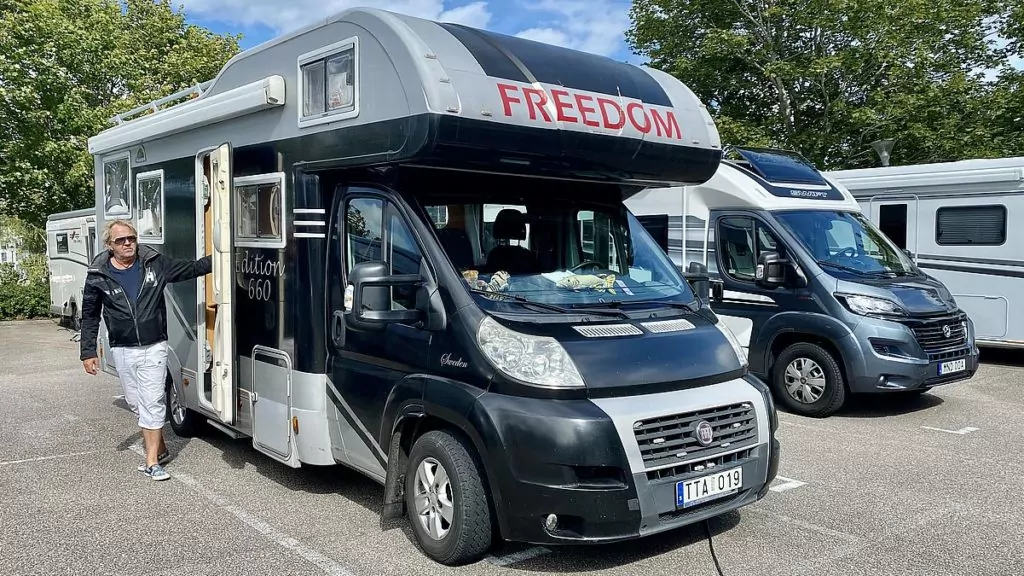
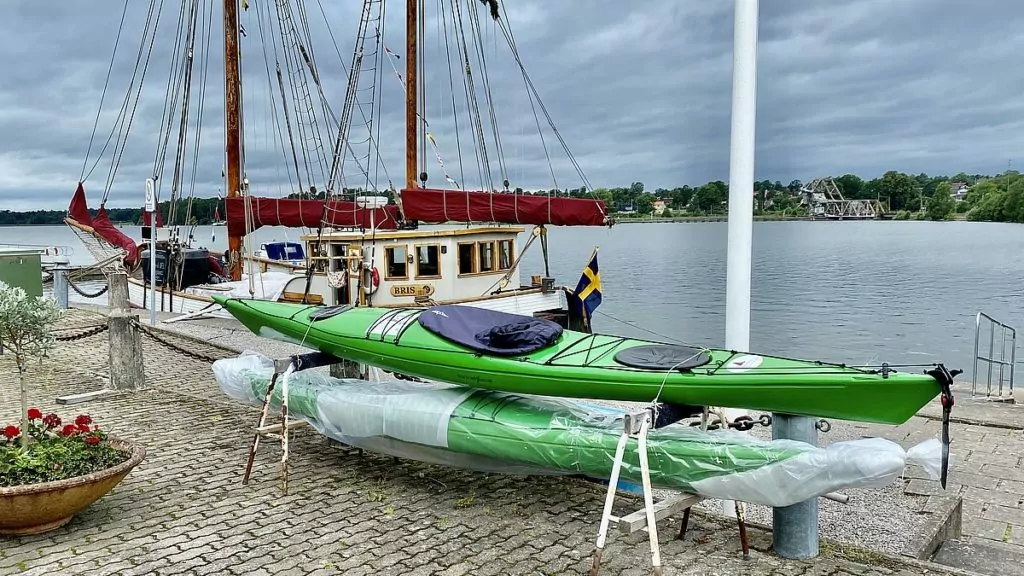
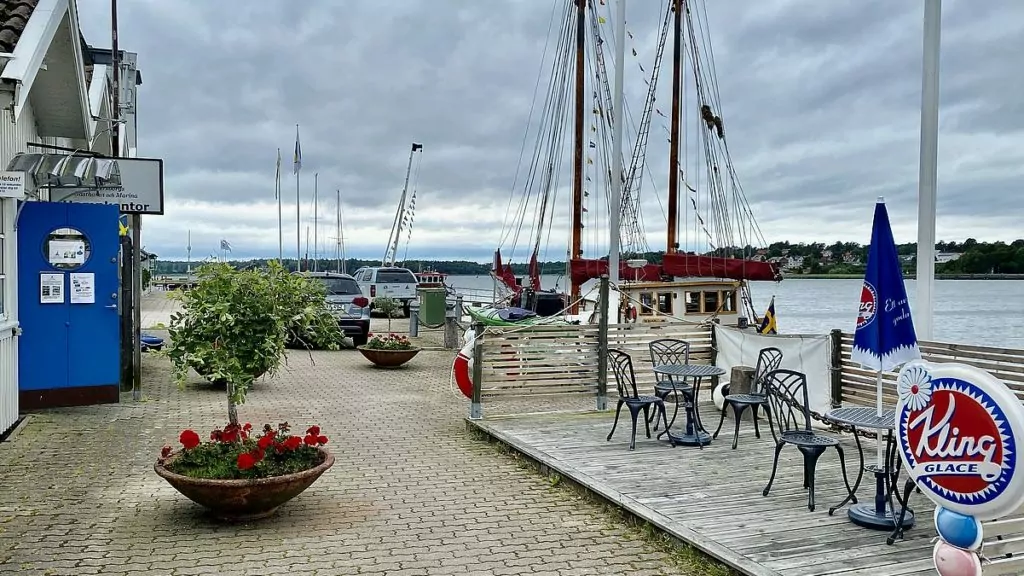
See more in the neighbourhood
Not far from Vänersborg is Trollhättan, where you can experience lots of locks. It's also not too far to get to beautiful Läckö Castle, and Spiken's fishing harbour, which is right next door. Another tip is to go to the beautiful and interesting Varnhem Abbey Church. Or why not drive north towards the Dalsland canal and beautiful Dals Långed?
Abecita Popkonst & Foto in Borås - don't miss out!
Abecita Popkonst & Foto is an exciting art museum that you won't want to miss if you're...
A hotel night at Gothia Towers in Gothenburg
This weekend we spent a hotel night at Gothia Towers in Gothenburg. We can...
Bruket Street Art - photos from Wargön's mill in Vänersborg
Bruket Street Art is a large area of graffiti and street art at the disused Wargön mill....
Trollhätte canal by motorhome - a journey along the Göta river
Trollhätte Canal by motorhome, how does it work and what can you see along the way? I...
Wassbacken's campsite - and the Tåtorp lock
Wassbackens camping in Töreboda has a fantastic location by the Göta Canal. The canal runs right next to...
Forsvik - the oldest lock in the Göta Canal and Forsvik Mill
Forsvik is a small community in Västergötland that is known for two things in particular:...
Varnhem - Varnhem monastery and abbey church
Varnhem is located in Västergötland and here you will find Varnhem Abbey Church and the ruins of Varnhem Abbey,...
Göta Canal by motorhome - big guide with tips
Göta Canal by motorhome, how does it work and what can you see along the way? I...
Things to do in Borås - 15 tips for the city of art and textiles
What to see and do in Borås? Borås is an exciting city that offers...
Tiveden National Park - hiking in wild forests
Tiveden National Park offers wonderful nature experiences in wild forests with dramatically large boulders. Here there are ...
Things to do in Trollhättan - our 10 best tips
What can you do in Trollhättan as a tourist? We came here by motorhome right after...
Habo Church and Bottnaryd Church - fantastic wooden churches
Habo Church and Bottnaryd Church are two fantastically beautiful wooden churches in Västergötland and Småland respectively....
Läckö Castle - De la Gardie's fairytale castle on Lake Vänern
Läckö Castle is reflected in Lake Vänern with its spires and towers, and feels almost...
First Camp Hökensås in Tidaholm - nature and fishing
First Camp Hökensås - Tidaholm is a campsite for those who enjoy fishing and outdoor life....
Gunnebo Castle and Gardens outside Gothenburg, Sweden
Gunnebo Castle and Gardens is located just south of Gothenburg and can be visited all year round. Here...
Gudhem's monastery ruin in Gudhem, Falköping
Located in Västergötland, Gudhem Abbey ruins tell the story of one of Sweden's first monasteries. Perhaps...
What to do in Hjo - 12 tips for the wooden town by Lake Vättern
What to do in Hjo? This pretty little wooden town by Lake Vättern is a real...
Töreboda, Hajstorp and Sweden's smallest ferry
Töreboda is a small town in Västergötland, located along the Göta Canal. Here you will find...
Weekend in Gothenburg - Norwegian Hannah's top tips
Guest writer: Hannah Lates We had a fantastic weekend in Gothenburg in collaboration with Göteborg &...
Sjötorp - and the locks in Norrqvarn
Sjötorp is located on Lake Vänern and is the place where the Göta Canal begins or ends, depending on...
Nice local community centre by Lake Vättern - welcome to Brandstorp!
What a nice homestead by Lake Vättern! We have visited Brandstorp's local history association, which was surprisingly interesting and...
Camping in Mariestad - magical at First Camp Ekudden
Looking for camping in Mariestad? We have spent a day at First Camp Ekudden -...
Karlsborg Fortress - a mighty 19th century building by Lake Vättern.
Karlsborg Fortress was supposed to be built in 10 years, but the construction took...
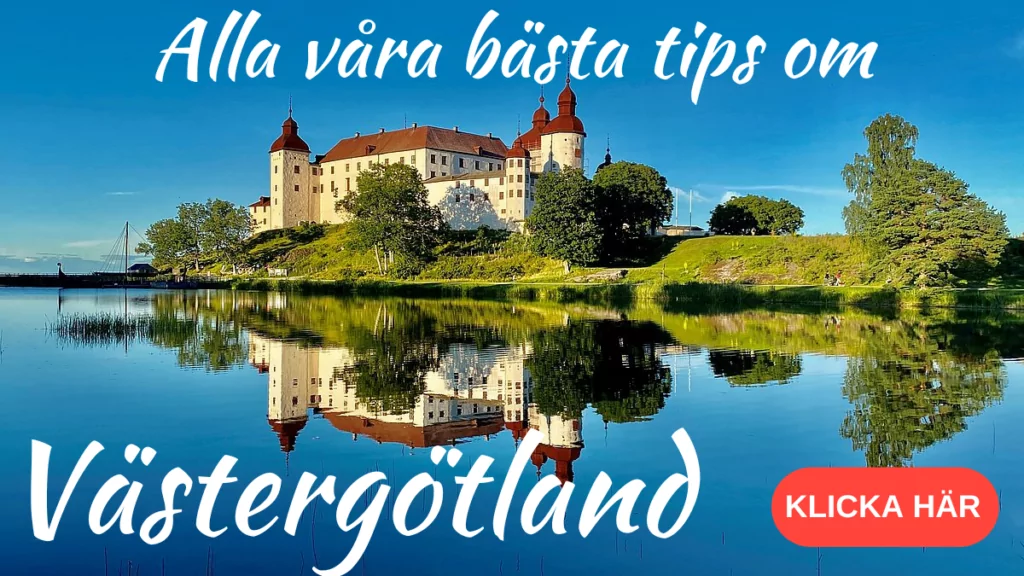
More tips for things to do in Vänersborg?
Do you have any other tips on what to see and do in Vänersborg? Let us know!
Facts about Vänersborg
- Municipality: Vänersborg municipality:
- County: Västra Götaland County
- Landscape: Västergötland
- Population: Around 24 000 (2019)
Things to see and do in Vänerbsorg
- Attractions: Brinkebergskulle lock, Skräckleparken and more.
- Museum: The Vänersborg Museum, the Vänersborg Sports History Museum, the Vänersborg Art Gallery and the Kungajaktmuseet Älgens berg in the Halle-Hunneberg Ecopark.
- Activities: Boat hire, canoeing, fishing, golf, beaver safaris, alpaca experiences, the Water Palace adventure pool and more.
- Experiencing nature: The Halle and Hunneberg escarpment nature reserve, the Dalsland pilgrimage trail and more.
- Read more: You can find more information at Western Sweden.
History of Vänersborg
- 1544: The earliest known plans for a town at Vassända date from this time.
- 1580s: The market place Brätte, between Onsjö and Brättered, was granted town privileges.
17th century
- 1641: Vänersborg was founded.
- 1644: Queen Christina's guardianship government gave Vänersborg city privileges. In the same year, Hannibal Sehestad attacked and burned down the town during the war between Denmark-Norway and Sweden.
- 1645: Troops under Colonel Henrik Bjelke attacked, but gave up after three failed attempts (Battle of Vänersborg).
- 1676: Norwegian troops attacked under the command of Ulrik Frederik Gyldenlöve, and the Swedes set the town on fire. Sweden surrendered and Gyldenlöve put out the fire, which had not caused much damage because the streets were so wide (Battle of Vänersborg). Later that year, Gyldenlöve left the city with a church bell as war booty (now in the Church of Our Saviour in Copenhagen).
- 1679: Vänersborg became the capital of Älvsborg County.
- 1685: The Västgöta-Dals regiment moved its meeting place to Nygårdsängen, just south of Vänersborg.
18th century
- 1752: The Brinkebergskulle lock was inaugurated.
- 1777: A fire destroyed a third of the town, including the church and school.
- 1788: The Danes occupied under Major General Johan Fredrik von Mansbach, but the locals were forewarned and had evacuated the town. The occupation was lifted the same year.
19th century
- 1800: The Trollhätte Canal was opened, giving Vänersborg a maritime connection with Gothenburg.
- 1834: The city was destroyed by a fire.
- 1848: The match factory was founded.
- 1860: A F Carlssons Skofabrik was founded, becoming Sweden's largest shoe factory.
- 1864: The construction of the Uddevalla - Vänersborg - Herrljunga railway began

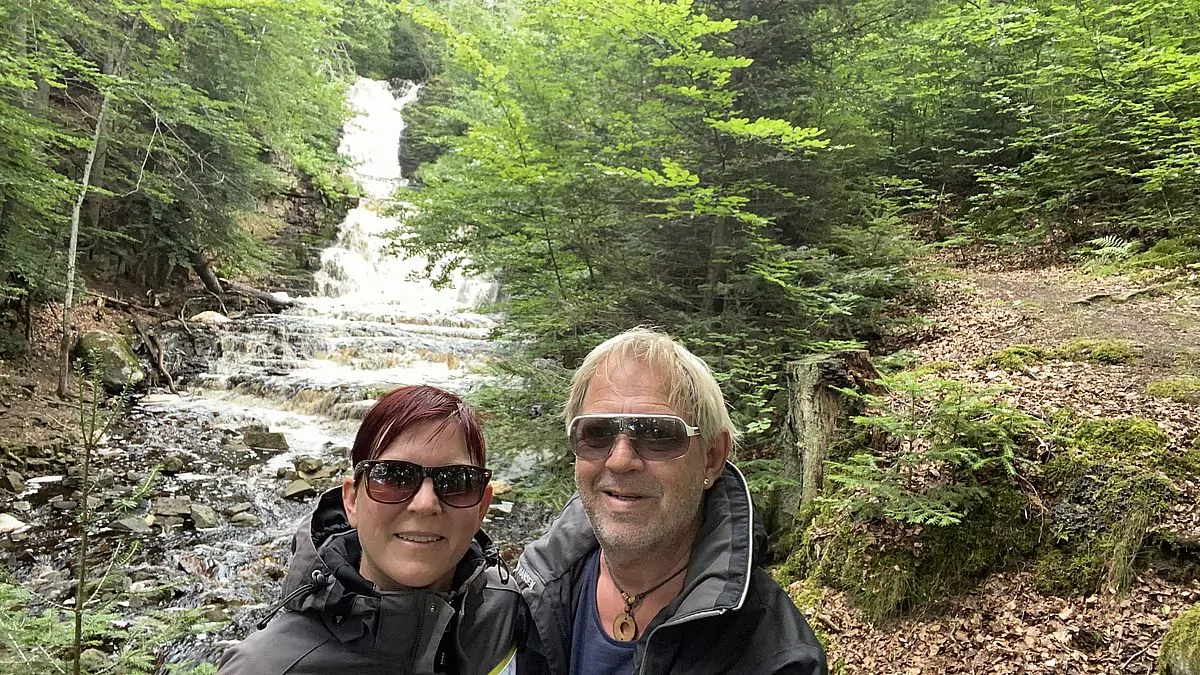







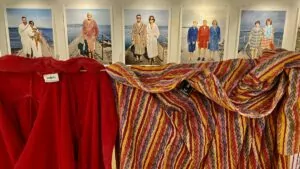

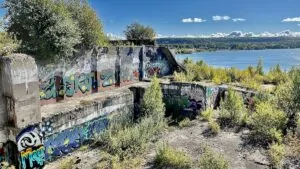
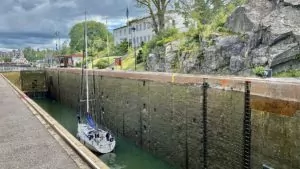
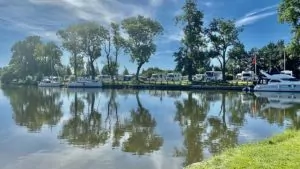
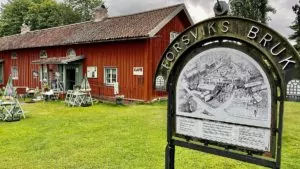
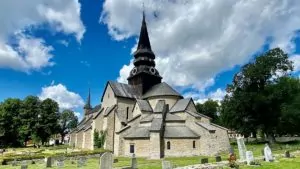
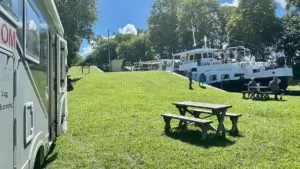
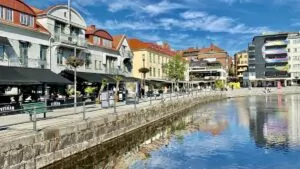
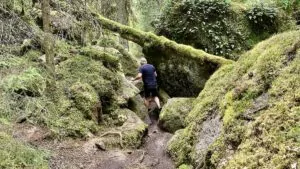
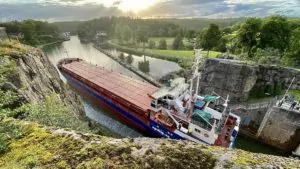
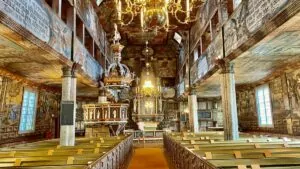
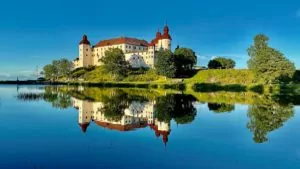
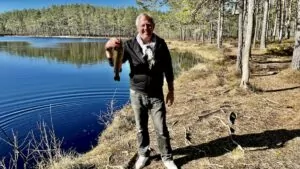
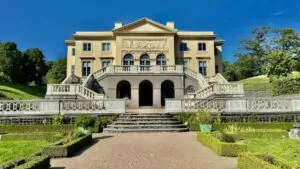
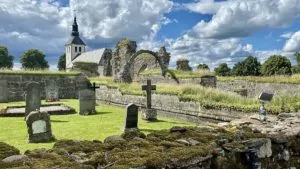
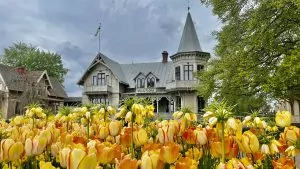
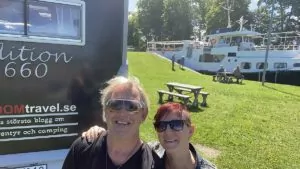

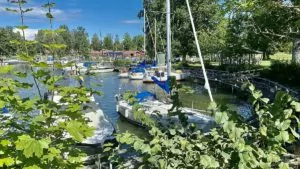
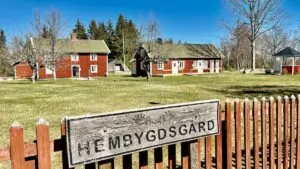
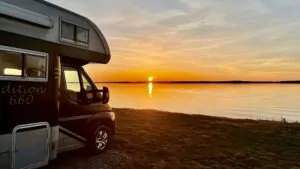
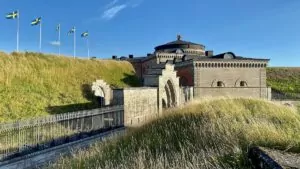
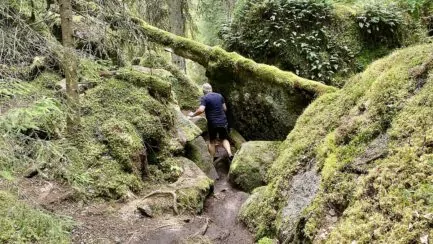
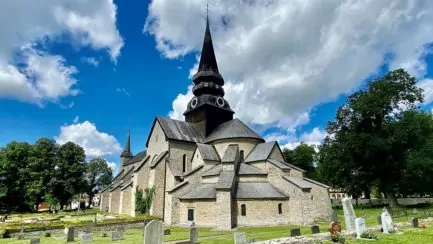
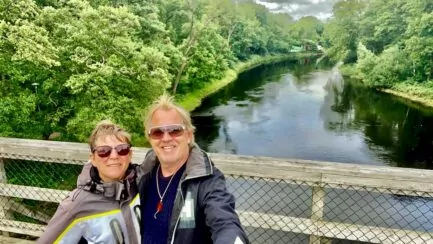
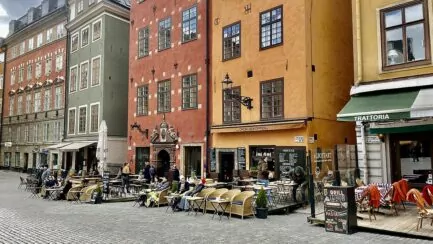
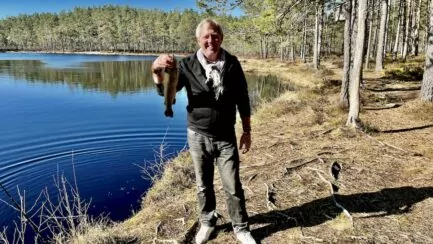
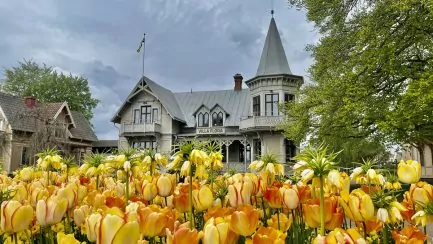



Solan says:
Lars Lerin nested at the fantastic museum...his bird watercolours from there can be seen at Sandgrundet in Karlstad. ?
01 August 2020 - 9:10
Helena says:
"Nesting" ... haha. Interesting, I had no idea about this!
01 August 2020 - 17:09
Ditte says:
It's certainly a nice city with beautiful surroundings. The walks here in Halle and the Hunnneberg escarpment are exciting and we have tried a couple of them. But if you stay for a couple of days there is no time to see and try everything.
Nice to come here through you this year. I usually pass by on my work trips but this year it will not be so. I recognise myself well.
It's also nice that Vänersborg and the surrounding area didn't seem to be "overpopulated".
Keep up the good work.
01 August 2020 - 10:40
Helena says:
To experience nature reserves in the best possible way, you need some time. We felt that we needed to prioritise the time a bit, also we had bad weather when we were here. But maybe we will get the chance to explore the nature more at another time!
01 August 2020 - 17:11
Geddfish says:
Yes, I know Vänersborg very well. We first lived in Trollhättan (I lived there for nine years) and the main hospital was in Vänersborg (three of my four children were born there). We often went to Vänersborg for coffee. It is beautiful surroundings and of course I have been to Halle- and Hunneberg many times 😀.
01 August 2020 - 16:58
Helena says:
Glad that this is your home region! Then you will recognise yourself in tomorrow's post as well 🙂 .
01 August 2020 - 17:11
BP says:
Have actually visited Vänersborg... in the middle of winter, so I can say that Vänersborg is definitely a summer town. Great pictures to really advertise the city, offering free parking for motorhomes is not something many cities do. Praise there!
01 August 2020 - 20:53
Helena says:
Yes, there is of course a difference between summer and winter! That's how it is in Sweden ... 😉 .
02 August 2020 - 8:13
Elisabeth says:
We have had a motorhome for many years and travelled a lot in Sweden, so we have visited Vänersborg and Vargön. However, we haven't hiked along any trails.
.
02 August 2020 - 9:00
Daniel på FlyingDryden says:
6. Visit Brålanda, where FlyingDryden grew up. ?
7. The forests and walking paths around Ursand are nice, especially those along Lake Vänern. Ursand itself is completely overexploited and quite ugly nowadays, but that can be avoided. Park at Skidstugan and walk along the tracks.
8. If you go north in the municipality, there are nice winding roads along Lake Vänern past Timmervik up to Sikhall and Gestad.
9. Golf at Onsjö.
Great post otherwise, glad you've been hanging out in my neighbourhood! ?
02 August 2020 - 10:31
Lena i Wales och Spanien says:
My old neighbourhood.
I was actually born in Vänersborg, but did not grow up there. Where I lived was part of the Vänersborg hospital.
Nice city and nice residence where Älvsborg County Governor was located. I have visited the residence when it was a residence because for a few years I sometimes worked with the governor, nice decor and right in the centre.
I have visited the city from time to time since then as well. My daughter-in-law is from there and so I have family there.
05 August 2020 - 11:36